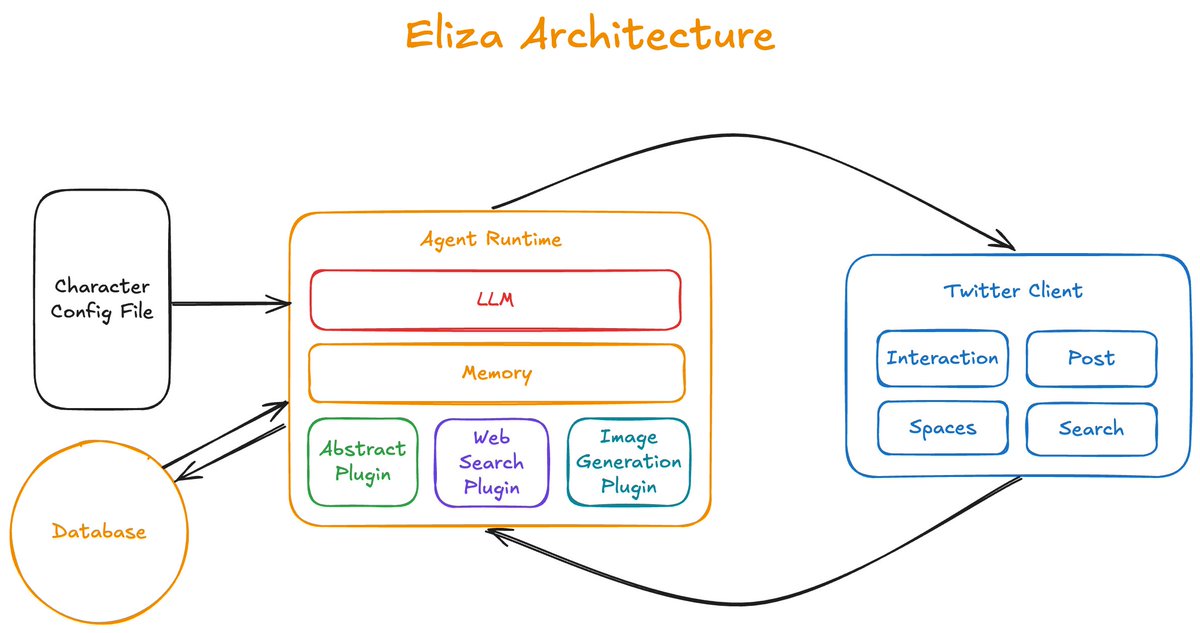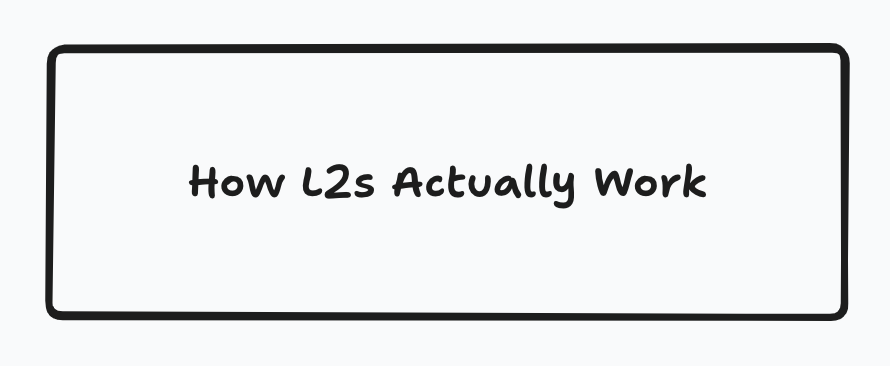The EVM isn't going anywhere anytime soon, please don't let anyone fool you.
As someone who's spent several years working on protocol development, here are several reasons why I believe the EVM will continue to dominate:
======================================
Network effects are very real: the EVM and Solidity have been around for over 10 years now. No other smart contract language is close to having as many docs, tutorials, and guides available.
That random error you're getting while compiling your 50 file smart contract project? Someone has probably run into that same exact issue and posted it on the Ethereum stack exchange. It is so much easier for developers when there are boundless resources available online.
The added benefit of so much documentation being available is that LLMs like Claude and ChatGPT can give much better and accurate answers for Solidity questions. This will continue to compound network effects.
======================================
Composability: not only are there thousands of guides available, but there are also thousands of existing smart contracts that are already written in Solidity/Vyper that are available for consumption.
Want to know how to interact with Uniswap's V3 router? There are examples for that. Want to know how to list NFTs for sale using Seaport? There are examples for that too.
Developers working on the EVM are able to take advantage of protocols on existing chains OR they can easily deploy these protocols on new chains. This allows devs to easily work across chains in addition to having years of robust documentation and examples to look at. Plus you get the peace of mind knowing that these protocols are truly battle tested.
======================================
Tooling + Libraries: the tooling for EVM based smart contracts is extremely advanced at this point. Foundry is the most efficient and robust toolkit for smart contract development, with a huge community of cracked open source contributors. Hardhat has the most advanced set of tools available for both testing, deployments, and contract interactions.
Libraries such as OpenZeppelin and Soladay can easily bootstrap smart contract development in the EVM world. Not only are they well documented - they've also been heavily audited and battle tested. There are so many guides to help new smart contract developers use these tools.
======================================
Language Simplicity: perhaps the dumbest of reasons, but still very important. Solidity code is easy to read. A lot of devs have experience with Typescript which syntactically looks very similar to Solidity. Vyper is almost identical in syntax to Python.
On the other hand, Rust and other smart contract languages may be a lot more daunting to newcomers. While this won't detract advanced developers from building on other VMs, it can make a huge difference to those that are looking to enter the world of smart contract development.
======================================
This is not to say that other VMs won't find success. We've already seen the Solana Rust community grow a lot in the last year. Stylus from Arbitrum is starting to build up it's community as well.
My point is that the ubiquity and network effects of the EVM really matter. There's a reason why so many teams are pushing to optimize the performance of the EVM - they continue to see the demand and interest from developers to build on the EVM.
As someone who's spent several years working on protocol development, here are several reasons why I believe the EVM will continue to dominate:
======================================
Network effects are very real: the EVM and Solidity have been around for over 10 years now. No other smart contract language is close to having as many docs, tutorials, and guides available.
That random error you're getting while compiling your 50 file smart contract project? Someone has probably run into that same exact issue and posted it on the Ethereum stack exchange. It is so much easier for developers when there are boundless resources available online.
The added benefit of so much documentation being available is that LLMs like Claude and ChatGPT can give much better and accurate answers for Solidity questions. This will continue to compound network effects.
======================================
Composability: not only are there thousands of guides available, but there are also thousands of existing smart contracts that are already written in Solidity/Vyper that are available for consumption.
Want to know how to interact with Uniswap's V3 router? There are examples for that. Want to know how to list NFTs for sale using Seaport? There are examples for that too.
Developers working on the EVM are able to take advantage of protocols on existing chains OR they can easily deploy these protocols on new chains. This allows devs to easily work across chains in addition to having years of robust documentation and examples to look at. Plus you get the peace of mind knowing that these protocols are truly battle tested.
======================================
Tooling + Libraries: the tooling for EVM based smart contracts is extremely advanced at this point. Foundry is the most efficient and robust toolkit for smart contract development, with a huge community of cracked open source contributors. Hardhat has the most advanced set of tools available for both testing, deployments, and contract interactions.
Libraries such as OpenZeppelin and Soladay can easily bootstrap smart contract development in the EVM world. Not only are they well documented - they've also been heavily audited and battle tested. There are so many guides to help new smart contract developers use these tools.
======================================
Language Simplicity: perhaps the dumbest of reasons, but still very important. Solidity code is easy to read. A lot of devs have experience with Typescript which syntactically looks very similar to Solidity. Vyper is almost identical in syntax to Python.
On the other hand, Rust and other smart contract languages may be a lot more daunting to newcomers. While this won't detract advanced developers from building on other VMs, it can make a huge difference to those that are looking to enter the world of smart contract development.
======================================
This is not to say that other VMs won't find success. We've already seen the Solana Rust community grow a lot in the last year. Stylus from Arbitrum is starting to build up it's community as well.
My point is that the ubiquity and network effects of the EVM really matter. There's a reason why so many teams are pushing to optimize the performance of the EVM - they continue to see the demand and interest from developers to build on the EVM.
• • •
Missing some Tweet in this thread? You can try to
force a refresh

















